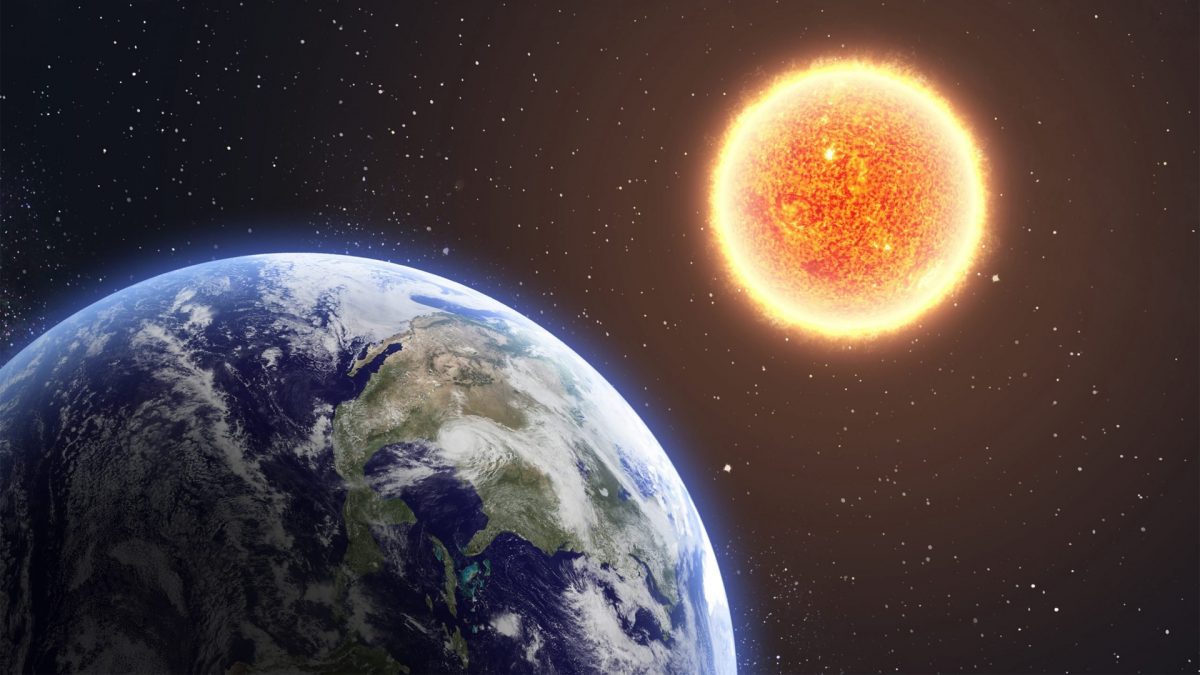Although the Sun is the dominant force in our Solar System, new insights into planetary motion reveal that Earth doesn’t actually orbit the Sun in the straightforward way we once thought read more
)
While our view of planetary orbits might seem straightforward, the reality is a bit more complex. Planets, including Earth, actually follow a path around a shared centre of mass influenced by the gravitational forces of other massive bodies in the Solar System. Image Credit: Space.com
Up until now, most of us have believed that the Earth, like most other planets, revolves around the Sun. However, it seems that our understanding of how planets move about in the fabric of space and around the Sun might need some tweaking.
Although the Sun is the dominant force in our Solar System, new insights into planetary motion reveal that Earth doesn’t actually orbit the Sun in the straightforward way we once thought.
The key to this updated understanding is the barycentre, which is the centre of mass where two or more bodies in space, such as the Earth and the Sun, balance each other. Picture a seesaw in space, where both the Sun and Earth act as the points that balance on this cosmic pivot. This point, the barycentre, isn’t fixed within the Sun.
While the Sun’s massive gravity pulls Earth into its orbit, Earth also exerts a gravitational pull on the Sun, albeit much weaker. This mutual gravitational interaction causes the barycentre to shift slightly. Typically, this point is very close to the Sun’s centre, but it doesn’t always stay within the Sun’s boundaries. The presence of other giant planets like Jupiter and Saturn can pull the barycentre even further from the Sun’s centre.
According to NASA, Kepler’s third law helps us understand the relationship between the masses of two orbiting bodies and their orbital characteristics. For instance, when a smaller star orbits a larger one, both stars actually revolve around a shared centre of mass, known as the barycentre. This principle applies regardless of the size or mass of the objects involved. Observing how a star moves around its barycentre with a massive planet is a method used to discover planetary systems around distant stars.
Due to the Sun’s vast mass, the barycentre usually stays close to its centre but doesn’t always align perfectly within it. The gravitational influence of large planets, especially Jupiter and Saturn, can sometimes pull the barycentre outside the Sun. Thus, Earth’s path around the Sun is more accurately described as an orbit around this shared centre of mass rather than the Sun itself.
Planetary astronomer Dr. James O’Donoghue explained on social media that while planets generally orbit the Sun, technically, they don’t orbit the Sun alone. The gravitational pull of Jupiter and other planets means that planets orbit a new point in space, the barycentre. He noted that it’s a common misconception to think planets orbit the exact centre of the Sun, as this rarely happens. The solar system’s centre of mass rarely aligns precisely with the Sun’s centre.
While our view of planetary orbits might seem straightforward, the reality is a bit more complex. Planets, including Earth, actually follow a path around a shared centre of mass influenced by the gravitational forces of other massive bodies in the Solar System.
This understanding adds a layer of depth to our comprehension of cosmic mechanics and the intricate dance of celestial bodies.

 2 months ago
58
2 months ago
58
)
)
)
)
)
)
)
)
)
)
)
)
)
)
)
)
)
)
)
)
)
)
)
)
 English (US) ·
English (US) ·